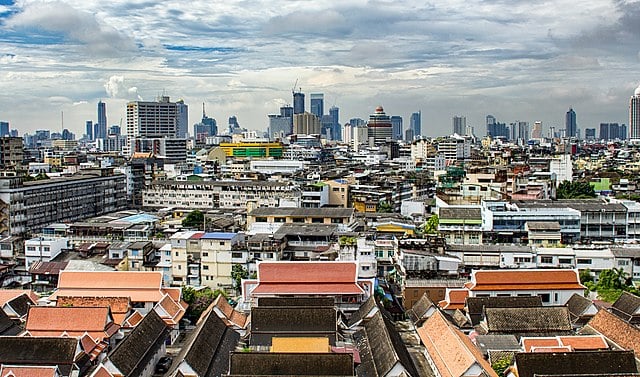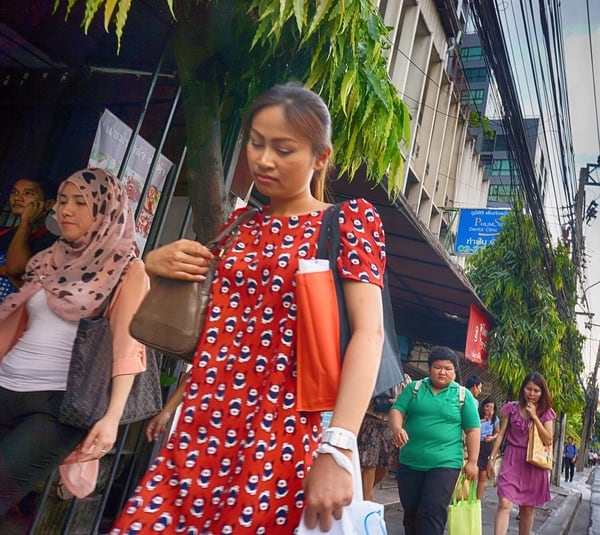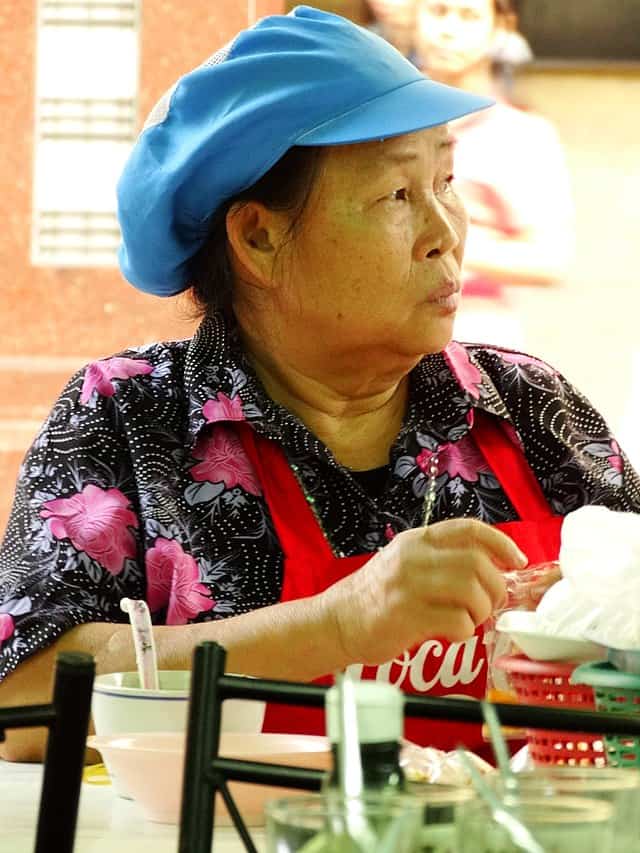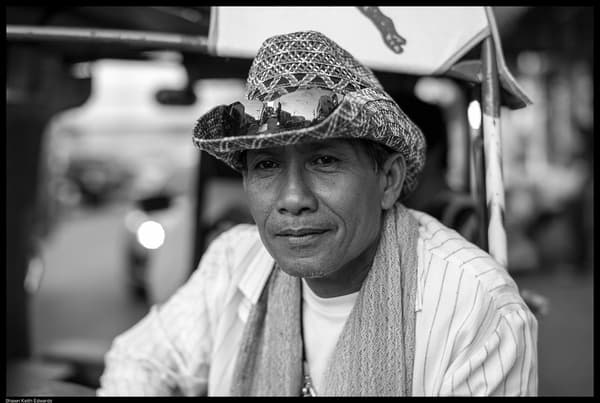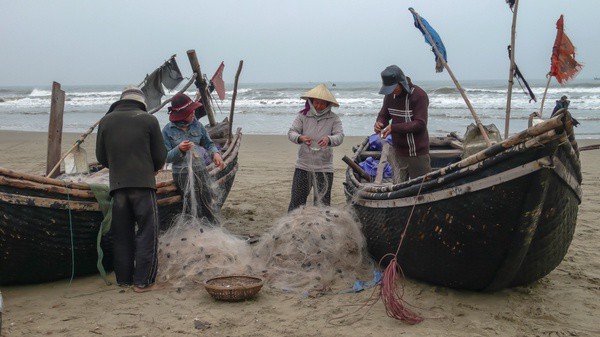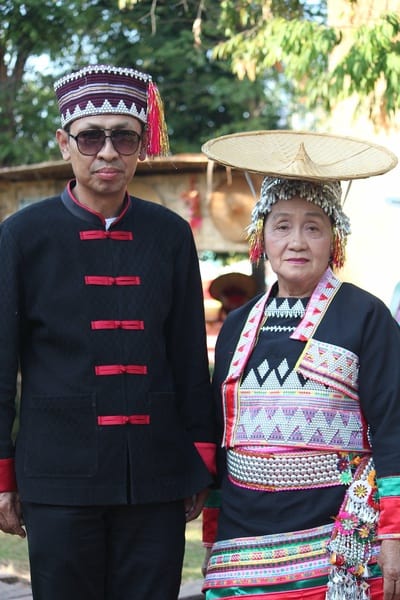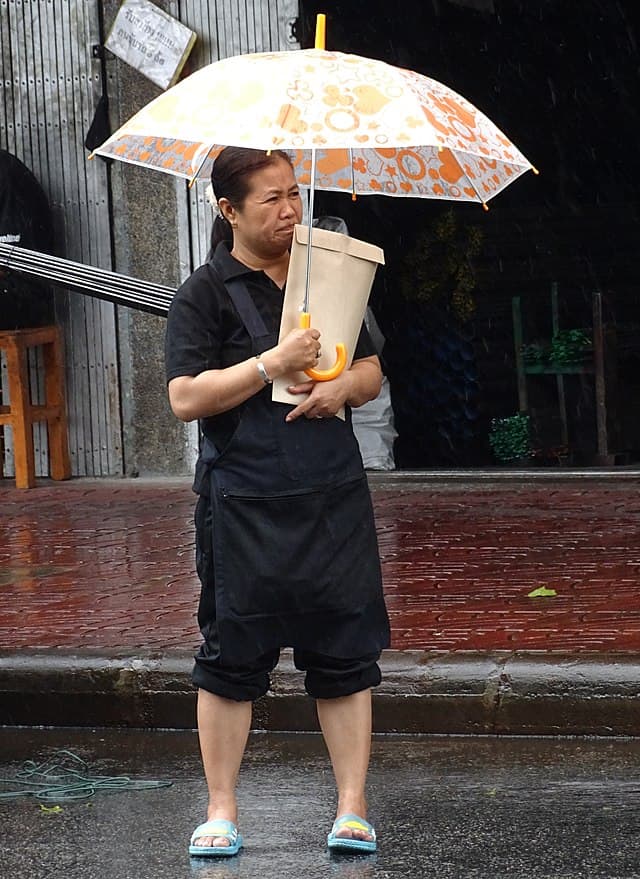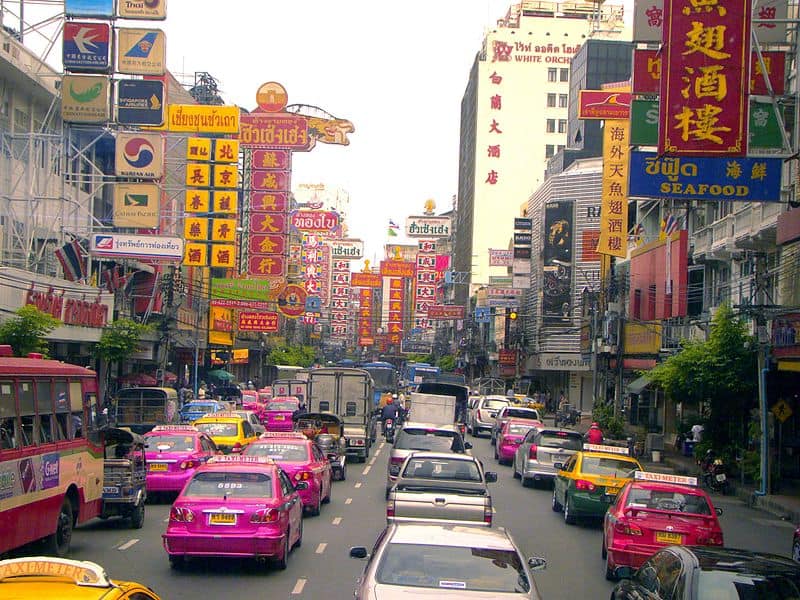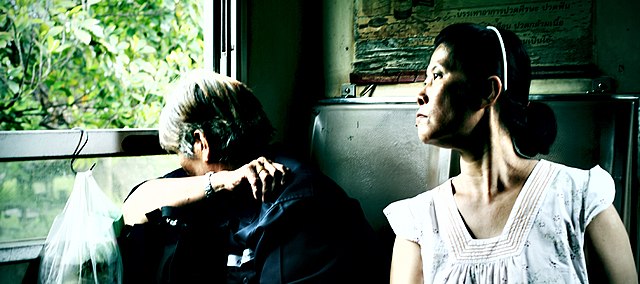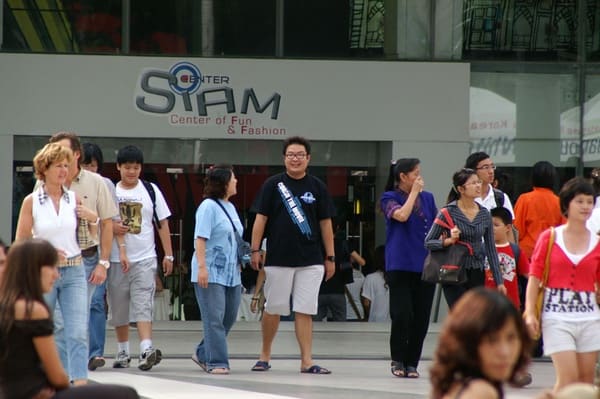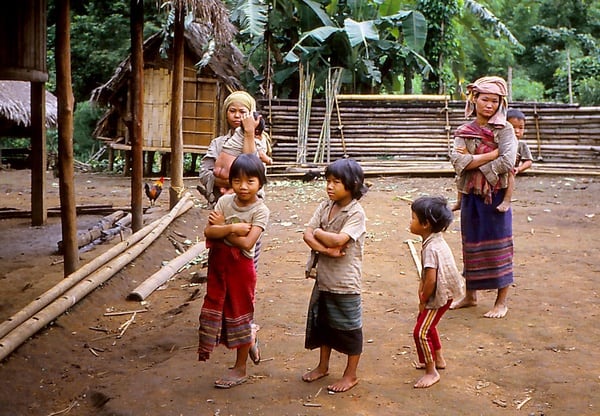Brief Guide to the People and Culture of Bangkok
If you’ve ever been to Bangkok and observed it as a rather crowded and diverse place, you would have fairly good reason for thinking that way.
The current population in the Thai capital now stands at an estimated 10 -11 million, which is substantially higher than it was in 1950 when it was less than 1.5 million.
So you can see from those figures how much the Bangkok population has expanded over the latter half of the 20th century onward, with no seeming let up in sight.
And there is a huge expanse of difference between the people that you encounter in Bangkok who may be loosely regarded as Thai people, as we shall see.
Most of the city’s population are ethnic Thais, although more than a quarter of them are migrants from all parts of the country. This is why you will see so many different flavours, sights, and sounds within the chaotic Thai capital city.
The key characteristics of Bangkok residents’ demographics point towards a mix of people who have diverged from all across the nation. They are also significantly affected by its younger generations and the ever-low proportions of non-Thais.
These 2 factors are influenced in no small part by the high birth rates and high levels of migration into the city from the provinces, alongside the somewhat restrictive foreign immigration rules and regulations for ‘non-Thais’.
Around two-fifths of the current Bangkok Thai population is under 20 years old, and the migration of young adults – many of whom are females — has continued to increase over the decades.
And regarding the somewhat draconian and outmoded laws of immigration that have been the bane of many a foreigner in Thailand for aeons — they make it difficult for just anyone to simply take up residency within the city.
Many well-intentioned, would-be (non-Asian) settlers have tried — and still try, to integrate themselves into the city and Thai society, but many also eventually give it up as a bad job after realising that in many ways the odds are stacked against them.
So if you ever looked around at the people in Bangkok and wondered at some of the differences, then this post is for you.
Thai People in Bangkok
The Thai population on the whole is fairly diverse in in terms of ethnicity and race. In broad terms it is something of a mix of people with various degrees of Chinese, Mon, Khmer, Lao, and Indian descent.
And anyone who has done any travelling around the country in Thailand may have noticed that residents in the various regions tend to have their own specific traits and appearance. These may be down to variations in the environment and geographical features.
One of the things that may make a city like Bangkok so interesting is that the majority of these people make no effort to adapt these traits when they move into the nation’s capital, often wearing their origin and culture ‘on their sleeve’, so to speak.
Each group speaks its own specific version of the Thai dialect and has customs and characteristics unique to the region they live in, which is most prominent in terms of what is generally referred to as Thai food.
The Thais native to the central Bangkok region have been known by various terms over the years, including ‘Khon Thai’, Central Thais, and Siamese. They make up the population that has traditionally been based in the central plain around the Chao Phraya River, which runs through Bangkok.
However, the term “Thai people” has a broad and general meaning in many ways as we said, and a fair proportion of the ones you are likely to encounter in Bangkok are far from native to the central region.
The term ‘Thai’ is a generic term for Thailand’s people and includes the Central Thais, the Northern Thai (Lanna), the Thai Lao or Isaan people of north eastern Thailand, and ‘Pak Tai’ of southern Thailand.
Alongside those born in the city, there is a fairly broad mix of people from all over the country coming and going into the Thai capital.
The majority of the Thai population are followers of some version of Theravada Buddhism which nevertheless carries its own uniquely Thai characteristics.
Isaan People
The Isaan people are a mixed group that live in Northeast Thailand and are also known as Thai Lao people.
They are essentially a mix of Laotians and Cambodians of Thai origin, and in terms of language and culture, the North eastern Thais (and the Northern Thais) are closer to the peoples of Laos, Cambodia and Myannmar than they are to the Central, city-dwelling Thais who are now mostly Thai-Chinese.
These people largely speak Isaan, which is extremely close to the standard language of Laos, located just across the Mekong River from Northeast Thailand.
The north eastern region is also called Isaan in the Thai language and is both the most populated and the poorest of Thailand’s four regions. It is home to a third of Thailand’s 67 million people.
The Isaan people’s culture is strongly influenced by both Khmer and Laos aspects, and they have their own styles of food and music, and are also regarded as the best silk weavers in Thailand.
Many come from agricultural backgrounds with families who are either heavily in debt or barely get by. Hence large proportions of migrants head to the capital every year seeking some way of breaking the cycle of poverty or at least breaking even.
Incomes, education levels and health standards are lower in the Northeast than elsewhere in the country. It’s no real secret that Thais from outside the region tend to have a somewhat negative perception of people from this region, a fact that has pretty much been ignored by Thai politics.
These people will mostly be the folk you see operating motorcycle taxis, Tuk tuks and regular taxis in Bangkok, along with those eeking out a living as sellers of various street food items.
People from the South
The “Pak Tai” who originate from 14 different provinces in Southern Thailand, account for more than 5 million of the population of the country.
Needless to say, there is a fair proportion of them in the Thai capital. These people are also traditionally from agricultural backgrounds, and although most of them are Buddhists, some are Muslims.
They speak a variety of Thai dialects influenced by Malay and other regions close to the South, which sounds much faster than the ‘middle Thai’ language deemed to be the preference of those native to Bangkok. It can be quite difficult to understand, even for many Thais.
People from the North
People from the northern regions around and beyond the capital Chiang Mai are also a-plenty in the Thai capital.
Also known as the Lannatai, these people again have more in common culturally with the Isaan people than they do with the Central Thais, which is apparent from their northern Pali-language, their Buddhist customs, and their manner.
Many northern Thais still maintain string connections with the Mekong regions and the Lao, although they have slightly different dialects from the Lao of Northeast Thailand, but with some similarities.
The people from the northern regions are considered by many Thais and visitors to be among the friendliest in the country due to their soft and easy-going manner, and it is sometimes said that Northern women are some of the most beautiful, although may be a matter of personal preference.
Immigrant populations in Bangkok
Aside from the migrants from the various regions of the nation, the Chinese are by far the largest minority.
They are largely concentrated in the traditionally commercial area of Bangkok known as Sam Peng and Yaowarat, the Chinatown of Bangkok.
Of the foreign or immigrant groups, the Chinese are the most inherently steeped in Bangkok city life. They have almost effortlessly assimilated themselves into the populace of the city since their arrival on the scene, and their offspring became fully-fledged Thai citizens.
Many Chinese immigrant families took Thai surnames to make the process of naturalisation smoother, and by the 1950s they accounted for close to half of the percentage of the city of Bangkok.
It had actually been much higher than that in the 1800s before they encountered some degrees of persecution, and it is no secret in Bangkok – if not the entire country – that the vast majority of wealthy Thais are of Chinese heritage.
Despite their apparent small sizes, some of the foreign communities tend to live in certain areas. There is an Indian community in Phahurt near Chinatown (featured in a previous post), and Japanese communities reside in the modern eastern section of the city close to the affluent district of Phrom Phong.
There is an Arab and North African community along Soi Nana (also featured in one of our previous posts), as well as small communities of other Asians.
Westerners and Europeans end to come and go as the visa rules and regulations are not so easy to meet long-term, although there are small pockets of expat retirees in and around the city.
The Significance Central Thai Culture
One of the seeming challenges for people coming to the city from other regions is the dominance of what might be termed the ‘Central Thai Culture’.
In Thailand it is not difficult to see how the social, linguistic, and political aspects of society are controlled by the Central Thais. These people are in many ways the descendants of the subjects of the ancient kingdoms around the Chao Phraya floodplain region.
The Central Thais are those who consider central Thailand their birthplace and hence birth right.
The Central Thai language is the standard Thai dialect for the country. Still, with more migration, modern communication methods, and education, it is becoming a little more difficult for them to claim exclusive rights to some aspects of the culture.
The Thai government in the past decided that all Thai people should have the same rights and opportunities as citizens of the nation.
In contrast to that, there were even times in the past when Thai governments put pressure on the people from various regions to forsake their local customs and dialects in order to upgrade to a more ‘modern’ take on Thai culture
This led to a culture whereby the higher a person’s aspirations were, the more they needed to to show that they could adapt to what was basically Central Thai culture.
The result of this was that the majority of the government were either from Central Thailand or had demonstrated that they had the same perspective on affairs in the country as those from that region.
This is still an inherent aspect of Thai society and culture, and no small contributor to what many from outside of this circle deem to be mass inequality.
By law the Central Thai dialect is taught and used in all fields of education, and anyone aiming to work in a government position, is expected to master and use standard Thai.
Yet in the 1980s there was some renewed interest in the study of local dialects, especially the Lanna Thai of the North and the Southern Thai dialect.
There were also some drives to bring awareness to all Thais of the different cultures and traditions of the various regions. This came by way of arts and translation programs.
The Cultural Aspects of Life in Bangkok for Thai People
Regardless of where they originate from, for many Thai people in Bangkok the temple, or wat remains an important cultural feature of life.
Many wats sections of their grounds available for social, residential or commercial use.
In terms of any available information in the country, all of the country’s press and news organisations operate out of Bangkok, which means all of the newspapers and such like are published in the capital (albeit in an increasingly online capacity).
Newspapers (online or otherwise) are produced in Thai, English, and Chinese.
The radio and television, along with much of the internet, are controlled and regulated by government agencies (and the military).
Again, the nation’s radio and TV stations are all located in or near Bangkok. Most programs on terrestrial Thai TV are in Thai, with some occasional special programs in English.
Having said that, the majority of younger Thai generations are more likely to spend their time watching movies or news on the internet where they have far more choice of information.
Planning a trip to Paris ? Get ready !
These are Amazon’s best-selling travel products that you may need for coming to Paris.
Bookstore
- The best travel book : Rick Steves – Paris 2023 – Learn more here
- Fodor’s Paris 2024 – Learn more here
Travel Gear
- Venture Pal Lightweight Backpack – Learn more here
- Samsonite Winfield 2 28″ Luggage – Learn more here
- Swig Savvy’s Stainless Steel Insulated Water Bottle – Learn more here
Check Amazon’s best-seller list for the most popular travel accessories. We sometimes read this list just to find out what new travel products people are buying.





